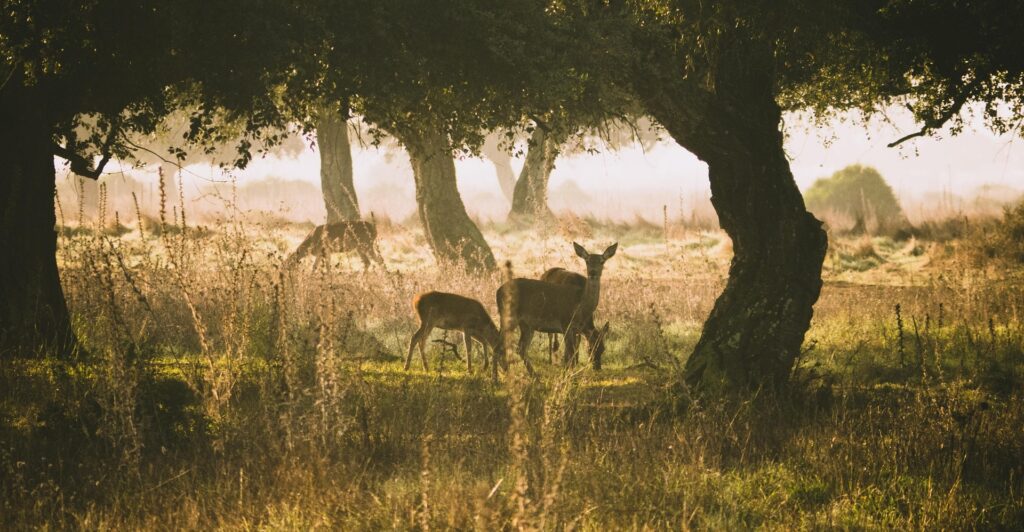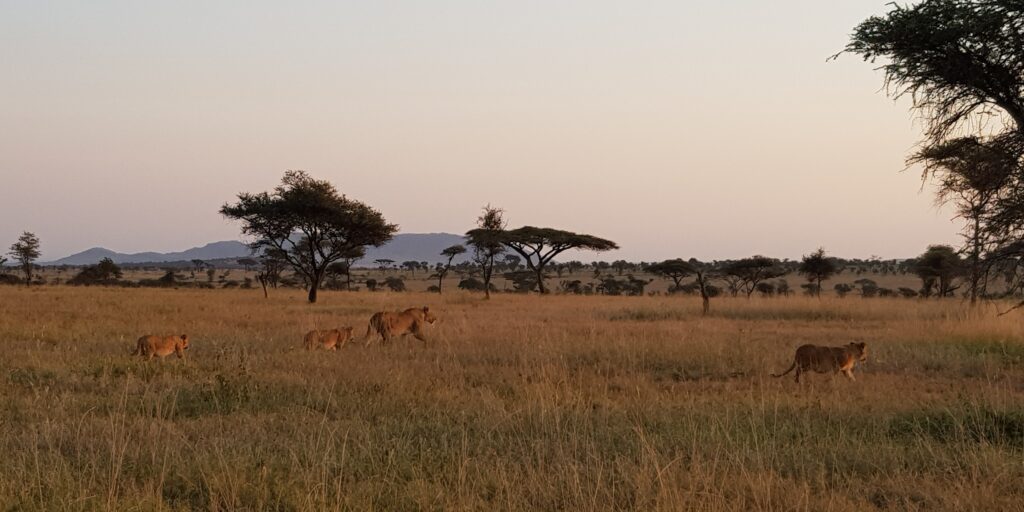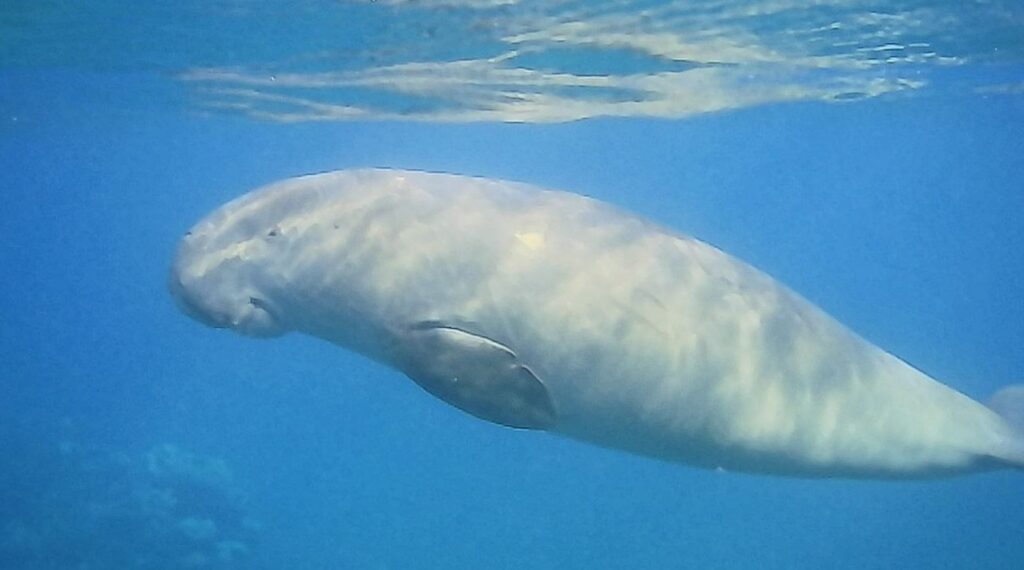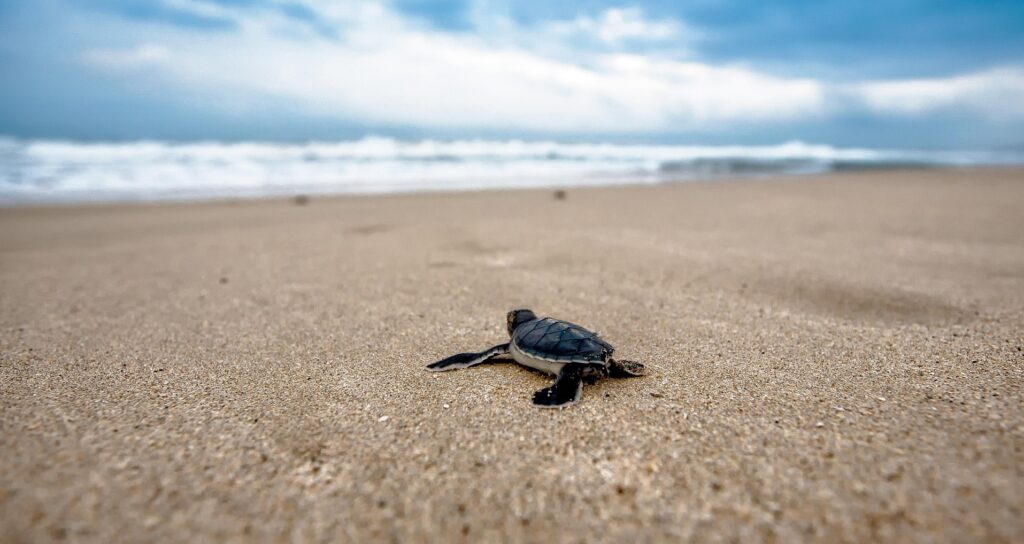Seeing

See and be seen:
The magic of silent animal encounters
Visual perception shapes our travels like few other senses. With our eyes, we take in colors, movements, light and shadow. Through this gateway, we explore the world, recognize beauty, detect danger and seek direction.
Yet seeing is much more than just gathering optical impressions. To “see something with different eyes” means to understand it in a new or deeper way. Moreover, we don’t only see with our eyes – often, we see emotionally as well. Something can touch us not because it is directly visible, but because of how we perceive it: a glance can express closeness, compassion, or love without a single word. Some speak of seeing with the “inner eye” or the “heart”, meaning to grasp the essence behind the surface.
Through conscious seeing, we can discover things that everyday life often overlooks. Sometimes, seeing becomes much more than just perceiving with the eyes. It turns into a holistic experience: physical, emotional, and spiritual – especially when we get to experience breathtaking landscapes or animals in the wild.

For us, it is very special to observe animals in their natural habitat. These encounters cannot be planned or controlled. They happen when we are ready to see, not to chase – neither with a camera nor with fixed expectations. When an animal reveals itself on its own and even comes close to us, it feels like a gift: unexpected and deeply touching. Ideally, these moments happen in silence, without distracting noise like motorized machines or loud, intrusive people. Just us, the environment, and the animal.
While snorkeling in Egypt, a dugong swam calmly yet alertly right past us; in the Philippines, we encountered several whale sharks that briefly surfaced from the depths. We were able to watch sea turtles undisturbed both above and below the water in several countries. In Sri Lanka, we admired a peacock’s courtship dance from our terrace. In Tanzania, we suddenly spotted a giraffe standing just a few meters from our tent in the bushes. For a while, we quietly and curiously observed each other.
These moments are not only etched into our memories but also touch us deeply – through what we see and feel. They fill us with wonder, move us profoundly, and connect us to the earth.

Visual experiences can also have a downside when driven by the desire to see everything, capture it all, and miss nothing. The term “must-see”, which is often used in German as well for travel or cultural contexts, refers to something that one absolutely must see. This includes certain animals as well.
In many places around the world, animals are deliberately attracted, fed, or even disturbed just to provide tourists with the perfect photo. Seeing then becomes nothing more than sensory overload. Instead of mindful observation, there is restlessness, noise and hectic activity – and the magic disappears.
Here’s an example that still moves us today and that we have witnessed in similar ways with different wild animals in various parts of the world:
Once, we saw a group of about twenty people standing very close around a sea turtle at night while it was laying eggs. The turtle was lit up by multiple flashlights and phones, and even touched by the rangers present. The animal’s rear flippers were actually spread apart so the eggs could be seen better for photos.
Seeing these majestic, endangered animals disturbed like this – with the tolerance and active involvement of the rangers – left us quite unsettled. It’s unclear whether this group was part of the local conservation center, as there are also operators with questionable intentions who display animals for show. They are not always easy to distinguish from reputable organizations at first glance.
In many parts of the world, sea turtle eggs and meat are considered delicacies. Unfortunately, this leads to illegal traders raiding nests and selling the eggs on the black market. Conservation centers therefore play a crucial role in protecting these endangered reptiles: they buy back stolen eggs, provide jobs, and carry out important educational work to raise awareness about nature conservation among both the local population and visitors.
However, the handling of partially fenced nesting sites for sea turtles at protected beach areas raised some questions for us. According to information from various conservation stations, the eggs they buy back are reburied in the sand. After hatching, the young turtles are often removed from the sand before they can leave the nest on their own and are touched in the process – a procedure that causes significant stress to wild animals. In other cases, the turtles stay too long in seawater tanks, which not only increases the risk of parasites and infections but can also impair their natural survival instincts in the open ocean.

When turtles are “accompanied” by humans into the sea after hatching, this is often seen as a kind of help. Of course, there are many dangers on the way to the ocean: predators and disorientation caused by light pollution. Baby turtles are very sensitive to light. Normally, they instinctively head toward the sea, which appears brighter than the land because of the reflection of moonlight and stars. Even on cloudy nights or during a new moon, the natural light from the horizon over the ocean is still bright enough for them.
Artificial light sources, however, can confuse them on their way from the nest to the water, leading them away from the sea in the wrong direction, drastically reducing their chances of survival. Short-wavelength light in the blue and white spectrum (such as LED or neon lights) is especially harmful. It’s not only hotels, beach bars, or floodlights shining onto the beach; flashlights and phones – whose white and blue light is also often aimed directly at the turtles – are a problem too. Since the turtles usually hatch only after dark, they would otherwise hardly be visible.
The only light that seems turtle-friendly is long-wavelength light in the red spectrum. Even better, however, would be no artificial light at nesting beaches during hatching season at all.
The more we observed, the more the question arose: Isn’t humanity itself the greatest threat to these small reptiles?
Ultimately, we are all part of the problem:
- us, who remained silent at the time
- visitors who, in search of the perfect photo, support behaviors that are not animal-friendly
- travelers with little time and “must-see” or “to-do” lists, who just want to check off the experience
- rangers who, out of economic necessity, try to meet tourists’ expectations or do them a favor
- operators who waver between conservation and business instead of fully committing to species protection – a commitment that could not only earn them money but also secure the future of sea turtles and their own livelihoods
Not every tourist’s wish needs to be fulfilled – especially when they haven’t even asked for it. Otherwise, false expectations quickly arise. And if animal-harmful requests are made – such as pulling a turtle’s limb outward to get a better photo of the egg-laying – a clear no is enough. A brief explanation shows respect for the animals and nature.
Tourists, in turn, could express that they do not want the animals to be touched. The more visitors speak up about this, the less it will happen in the future. There are many ways to promote development and improvements.
When participating in guided wildlife tours, we always pay attention to keeping groups small. In rainforests, we traveled in groups of no more than five, including the ranger. In such a calm and attentive atmosphere, space is created for truly seeing: noticing subtle movements, spotting a rare bird, experiencing awe and reverence. Seeing is a gift – especially when we look with our hearts.
This is also the message of the story The Little Prince: “One sees clearly only with the heart. What is essential is invisible to the eye.”
The most beautiful encounters are often those that invite us to quietness, to listen, and to truly perceive. And perhaps this is the deepest form of seeing: realizing that it’s not about seeing as much as possible, but about fully being aware of what we do see – even the smallest, most unassuming things.




Leave a Reply